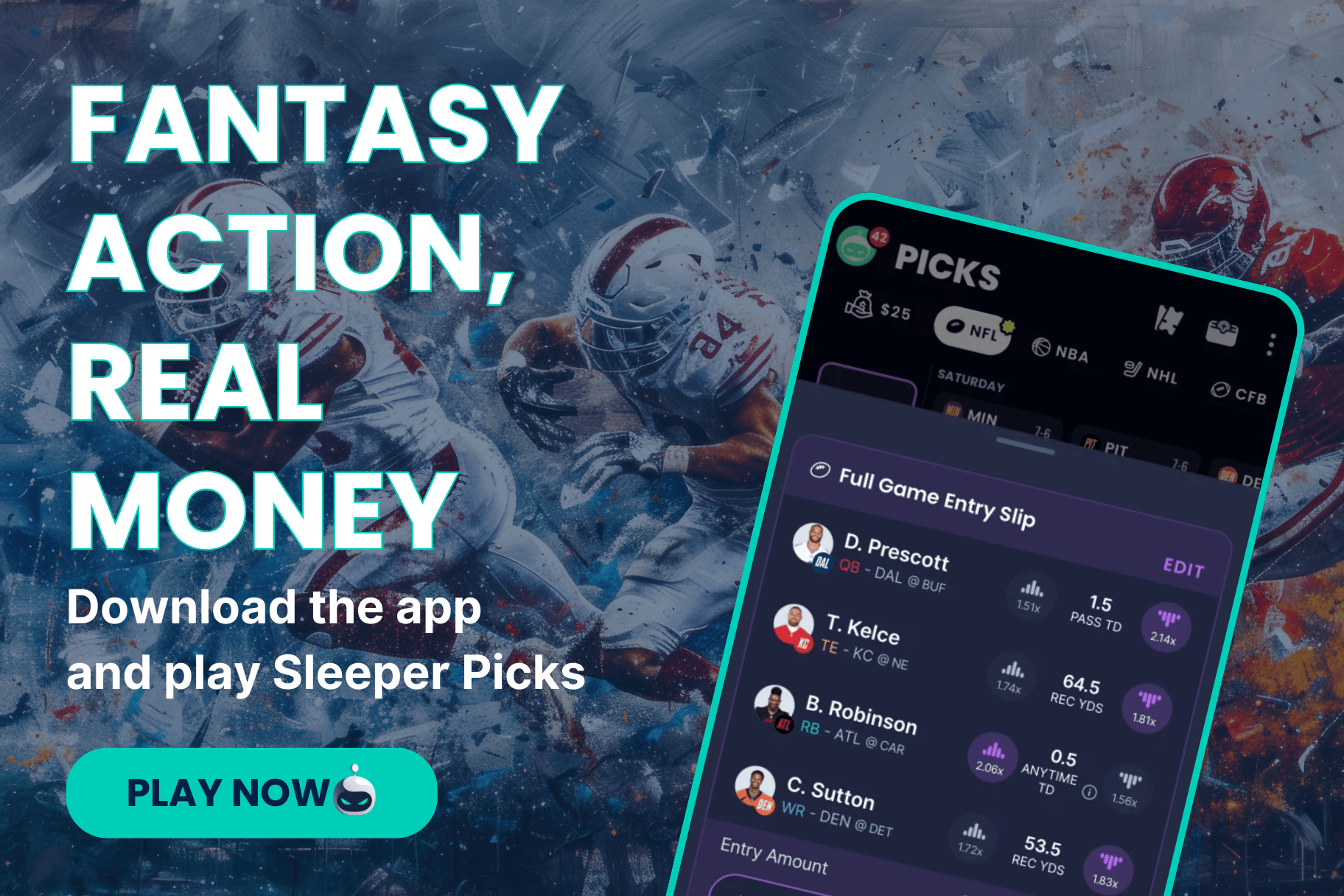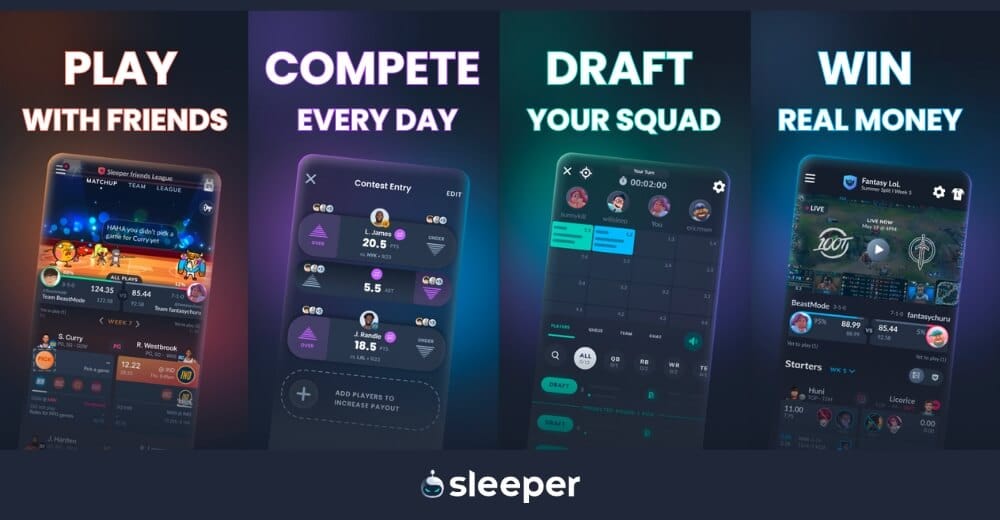If you’re new at fantasy football or want to finesse the way you approach other managers for trades, read on to ensure your next proposed deal is a success.
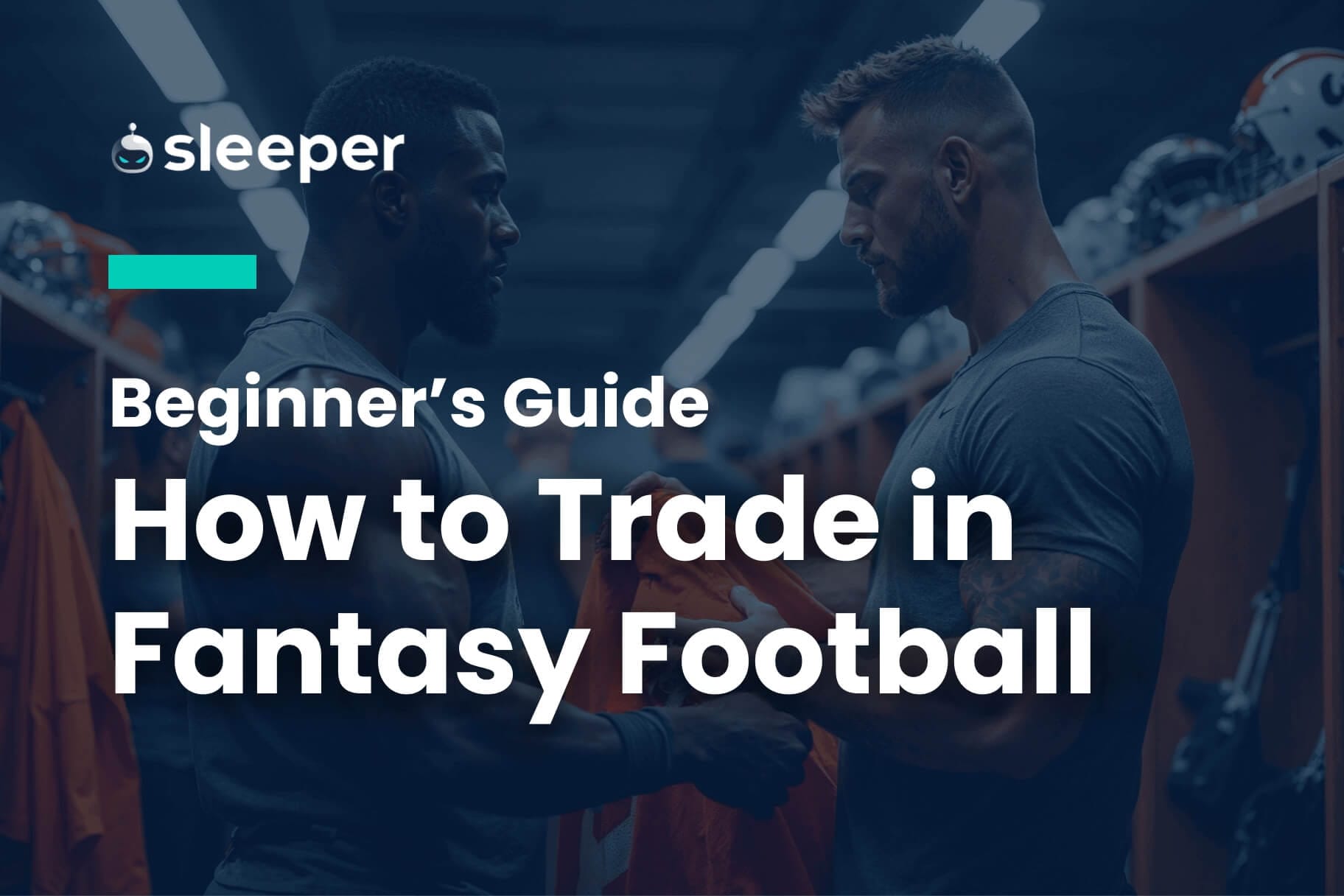
There are generally three key ways to build your fantasy football team in redraft leagues:
- Drafting lays the foundation. When you pick (in snake drafts) or bid (in salary cap/auction drafts) you are choosing what will become the core of your team for the season ahead.
- The waiver wire allows for ongoing maintenance. This is where you’ll add emerging talent, combat bye weeks and look to replace disappointing or injured players in hopes of evolving your squad for the better.
- Trading is the best method for adding a big-time talent to your roster. It's the most difficult path to navigate, but can come with the biggest rewards.
So put on your GM cap and read on, as whether you’re a newcomer to fantasy football or an experienced manager looking to improve on your strategy, here's everything you need to know about how to trade.
What Are Fantasy Football Trades?
Fantasy football trades are when managers swap players with each other with an eye on improving their teams. They can come in different forms, such as:
Types of Fantasy Football Trades
- One-for-one trade: It’s exactly what it sounds like. One player from your team is dealt for one player from another team in a straight swap.
- Multiplayer trade: This could be a 2-for-1, 2-for-2, 3-for-3, 3-for-2, etc. You can take on more players than you are trading away in a deal, but unless you have unused roster space, you’ll need to cut someone else as part of the process.
- Draft-pick trading (in dynasty leagues): Dynasty leagues have managers taking long-term views due to the continuous nature of the format. Unlike redraft, where you start from scratch, in dynasty, you’re managing for both the present season and future years. With that comes the ability to either ship draft picks as part of your deal-making plan or acquire them if your window to win is not so imminent.
How to Trade in Fantasy Football: 5 Steps
Step 1: Consider Your Needs
Above all else: how is your team performing? Do you need a serious jolt to make the playoffs, or are you sitting pretty atop the standings? If it’s the former, then assess your roster’s strengths and weaknesses, look at upcoming bye weeks to see how shorthanded you might be in a must-win week and identify the areas where you can afford to chip away at your depth to get solidified elsewhere.
Step 2: Find a Trade Partner
Scroll through the rosters around your league to see if you can spot a good match. Say there’s a manager who desperately needs WR help and has a player at a position of need for you, all while you happen to have WR depth to trade away. It shouldn’t be hard for the parameters of a deal to come together under those circumstances.
If you’re not necessarily shopping for need but hoping to soak up talent in general, see whose rosters may have surpluses at positions and whose may have buy-low players who have underperformed but could still hit their stride before season’s end. You’ll want to identify your targets and make your offers with a purpose.
Step 3: Make Initial Contact
It often goes overlooked, but establishing a personal connection is a great way to work toward a mutually beneficial trade arrangement.
In life, are you more likely to entertain someone’s request if they cold-call you or if there have been inroads and a connection made first? It’s the latter, and it’s not too different in fantasy football.
If there’s someone with whom you want to make a deal, try sending a message offline (or through the platform you’re using; Sleeper makes it incredibly easy to connect with fellow league managers) to gauge their interest in making a deal. Ask them what their needs are and try to find common ground.
From there, you can bat ideas around and at least treat the situation like a transaction between two humans and not just a blind offer that both parties may not even have the slightest interest in entertaining. Tact and approach can make all the difference.
Step 4: Make Offers and Counteroffers
O.K., so you’ve assessed what you need; you’ve found a manager who has it and has needs that sync up with your squad; you’ve made contact and established that both are willing to make a deal. Now it’s time for the business end!
If you’ve initiated the discussions, then make your opening offer. Since you’ve already laid the groundwork in your messages to each other, perhaps that’s all that’s necessary and the trade will be cemented right there.
But if there’s more negotiating to be done, then wait for your trade partner to send a counter. If that’s not enough to seal the deal, send one back. See where you can meet in the middle, get to a happy place and hit the finish line. If it turns out there is no happy place and the deal falls apart, that’s unfortunately all part of the game.
Step 5: Accept the Trade
If you have reached a deal, congrats! Some commissioners will put it through immediately, others may give it a waiting period of a day or two so the rest of the league can review and offer any objections (if it’s truly lopsided and makes no sense). Regardless, you now have your new player(s) and can adjust your lineup as you’d like.
If you’re receiving multiple players and it puts you over the roster maximum, then you’ll have to drop from your existing team to become squad-size compliant.
4 More Tips for Trading in Fantasy Football
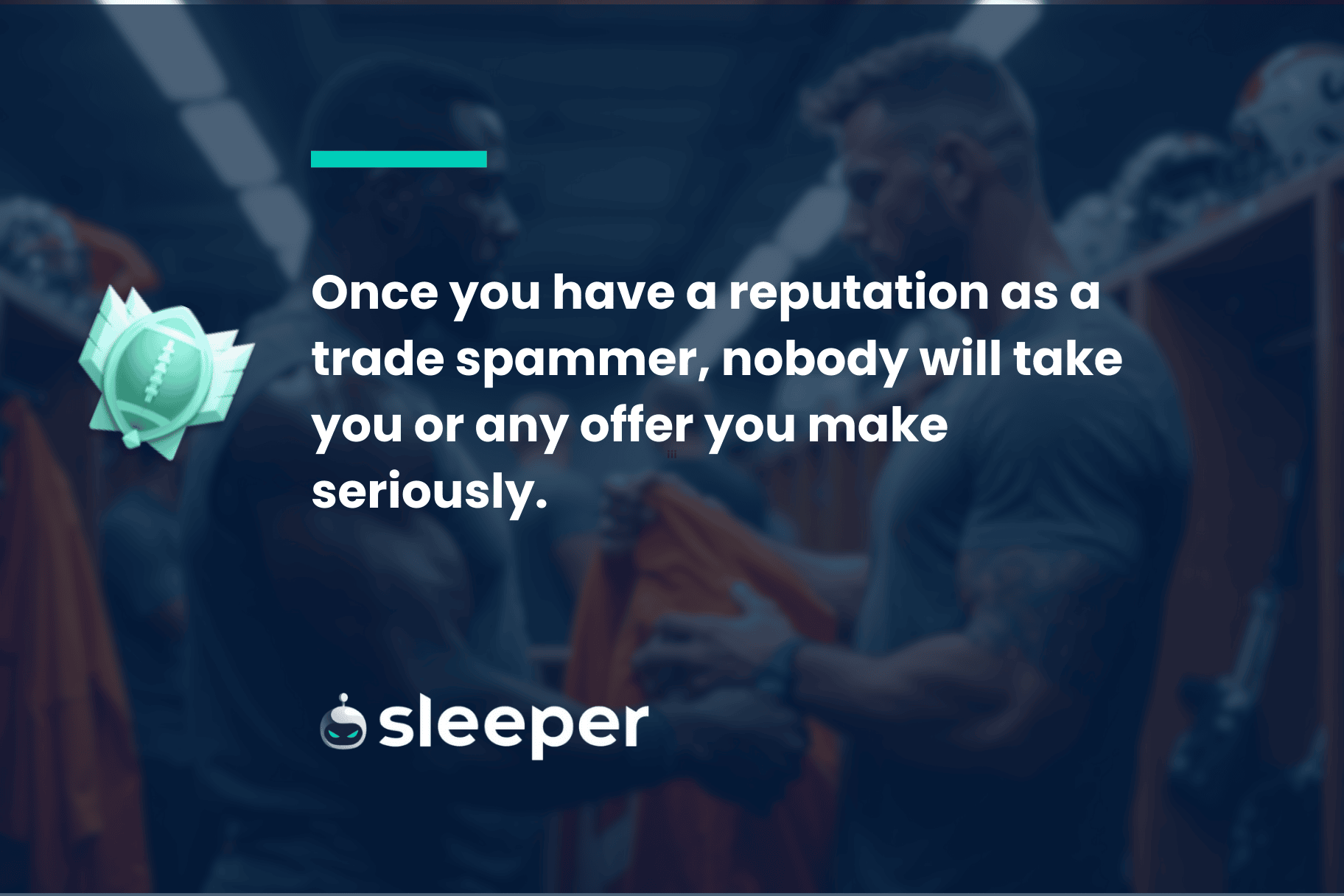
1. Trades Happen In a Vacuum
There’s an urge to compare and contrast players, past stats and projected stats in a proposed trade and look at things in general terms, but it’s not always so simple. Trades are incredibly specific to your and your trade partner’s needs — not just depth-wise, but also as it relates to your desperation, standings position, bye-week situation and other factors — and that greater context matters.
If you desperately need to upgrade at RB to make your starting lineup more robust and have ample depth to spare at other positions, then it could be worthwhile for you to objectively overpay in the interest of strengthening your top line.
If you want outside counsel, there are online trade analyzers that can do a good job of assessing players involved in a deal from a strictly numbers perspective, but they don’t really take the particular circumstances surrounding your team into account. That’s something you can’t forget.
2. Don’t Be That Manager
It doesn’t cost anything to offer a trade, so you might as well take a shot and see if you can swindle someone into parting ways with a stud for pennies on the dollar, right? Not so fast.
Nobody wants to be spammed with offers of three benchwarmers for an RB1. And spare us with the “well, if you add up their stats, it’s actually fair!” argument. It isn’t. There are trades that make more sense than they initially appear to on the surface, but disingenuous offers that have little to no shot of being accepted should remain in your drafts folder.
Once you have a reputation as a trade spammer, nobody will take you or any offer you make seriously.
3. Don’t Start With Your Maximum Offer
Like with most negotiations, you don’t want to push all your chips in at the very start. Understand how far you’ll be willing to go to land a player, but don’t start at the extremes. Make an opening offer that’s fair, see how your counterpart responds and then assess what you think is necessary to move things forward if the counteroffer isn’t to your liking.
4. Know When to Cancel an Offer
Sometimes you’ll have an offer on the table to a manager who is not responsive. It could be a great offer. It could even be more advantageous for that other manager. But for whatever reason, there’s no answer. Ghosting happens.
If you’re getting crickets in return, as soon as games are about to begin for that week, make sure to withdraw your offer by canceling it. You never know when injuries could occur, and the last thing you want is an offer that’s still on the table where you’re liable to pick up a compromised asset if that other manager finally springs to action.
On the flip side, don’t make a habit of offering trades and then canceling soon after if you change your mind about it. That’s annoying, shows your indecision and lack of confidence. When you initially make your offer, it should be with conviction.
How to Trade in Sleeper Fantasy Football Leagues
Sleeper, as one would expect, allows managers to make trades in its fantasy leagues. Settings such as review time and trade deadline are customizable, and commissioners can also decide whether draft picks can be dealt. What sets Sleeper apart is the ability to conduct trades involving three teams or more.
The trade dashboard allows managers to see any and all active trades in addition to which players have been put on the block – meaning they are actively up for grabs if the right offer is made.
Communication can be made over DM or public proclamation in the league chat.
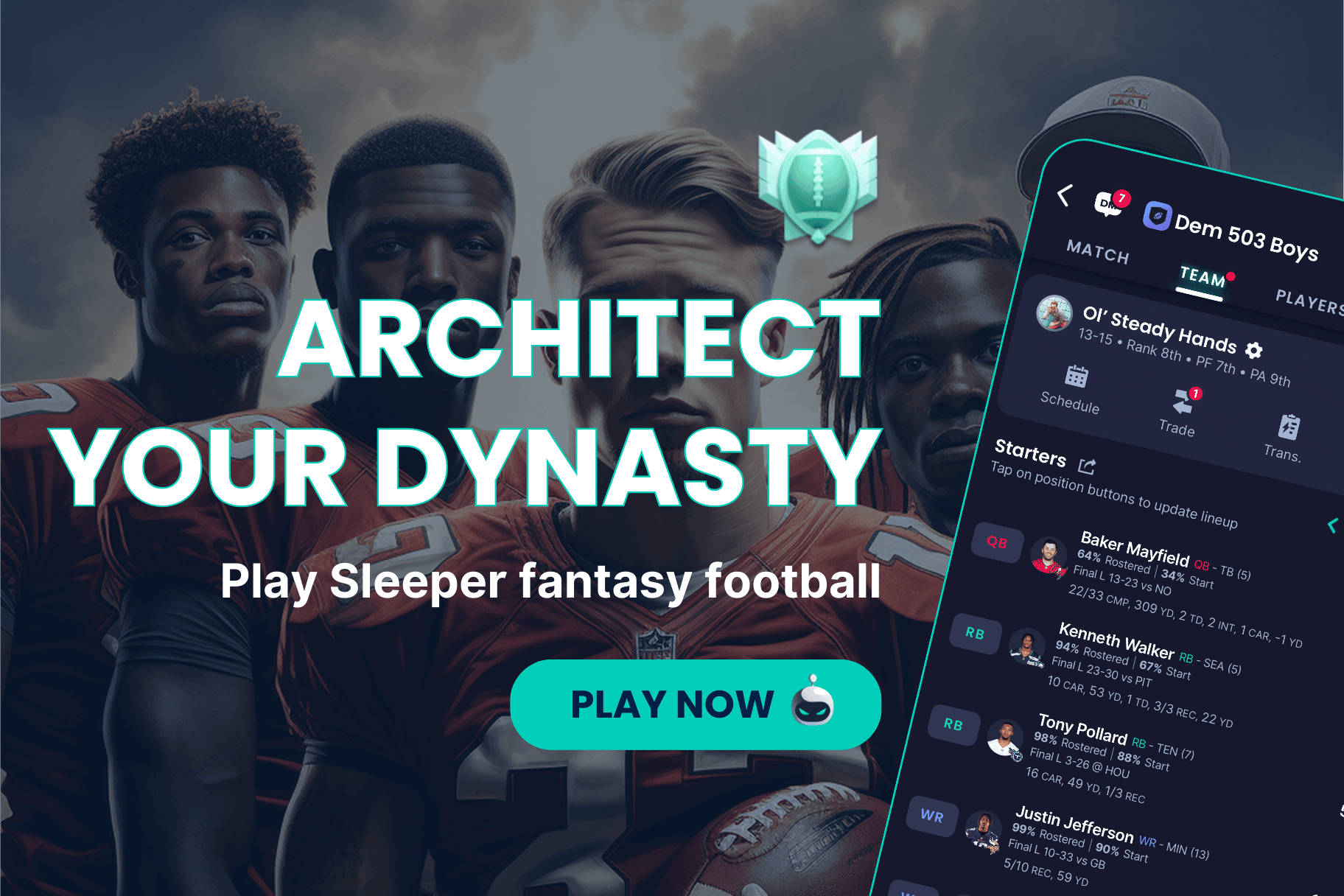
Frequently Asked Questions
Can fantasy football trades be vetoed?
There are leagues that have the option for vetoes to occur, either directly from the commissioner or via league vote. It’s not something that should be wielded regularly, though. Save for a clear case of collusion or a trade that’s so objectively unfair it cannot possibly be defended, if two managers have reached an agreement, then so be it.
When can you no longer trade during the fantasy football season?
Fantasy leagues often have trade deadlines, just like the pros. That’s in an effort to make sure that teams who are not contenders can’t sway the competitive balance by shipping off their studs before the playoffs. At a certain point, outside of waivers and free agents, your team is your team. That point typically hits most leagues between mid-November and Thanksgiving.
Can you back out of a trade in fantasy football?
That’s ultimately a league commissioner’s call, but you’d better have a real good reason for wanting to back out of a trade you have already agreed to and completed for it to even be considered. There are always exceptions to the rule, but generally speaking, it’s a bad look, and it’s going to make other managers think twice about wanting to trade with you.
How can you let managers know you’re open for business?
Sometimes you want to be courted and have other managers come to you instead of the other way around. Fair enough. Some platforms, including Sleeper, allow you to put players on the trading block, which indicates to other managers that you are willing to trade those specific players. You can also post in your league message board to get your interest across.
It’s Time to Wheel and Deal With Sleeper
You should now be fully prepared to engage in trade talks, so take those skills to Sleeper, where you can play season-long fantasy leagues in the format of your preference. You can sign up on the website or download the app to join a platform whose interface and features are unique and user-friendly in an ever-crowded space.
If daily fantasy sports is more your pace, you can play Sleeper Picks, a paid-entry, cash-prize contest where you choose whether you think specific players will outperform or underperform certain stat projections. You won’t be making trades there, but you will be using the same skills that have you assessing player value and ability.
